A luminous object
Step-by-Step Solution:
1. Definition of Luminous Objects:
- Luminous objects are defined as objects that produce or emit light on their own.
2. Examples of Luminous Objects:
- Common examples include the Sun, which is a natural source of light, and a candle, which produces light through the process of burning.
3. Contrast with Non-Luminous Objects:
- It is important to note that luminous objects are different from non-luminous objects, which do not emit light but can reflect light from luminous sources.
4. Conclusion:
- In summary, luminous objects are those that generate light from within, such as the Sun and candles.
---
- Luminous objects are defined as objects that produce or emit light on their own.
- Common examples include the Sun, which is a natural source of light, and a candle, which produces light through the process of burning.
- It is important to note that luminous objects are different from non-luminous objects, which do not emit light but can reflect light from luminous sources.
- In summary, luminous objects are those that generate light from within, such as the Sun and candles.
Topper's Solved these Questions
- LIGHTBOOK - ICSECHAPTER - LIGHTEXERCISE - Exercises (Section I) Choose the correct option.
4 Videos
- LIGHTBOOK - ICSECHAPTER - LIGHTEXERCISE - Exercises (Section I) Circle the odd one. One has been done for you.
4 Videos
- LIGHTBOOK - ICSECHAPTER - LIGHTEXERCISE - Questions (Name the following)
3 Videos
- FORCEBOOK - ICSECHAPTER - FORCEEXERCISE - Picture Based Questions
2 Videos
- MAGNETISMBOOK - ICSECHAPTER - MAGNETISMEXERCISE - Picture Based Questions
12 Videos
Similar Questions
Knowledge Check
A point luminous object (O) is at a distance h from front face of a glass slab of width d and of refractive index μ. On the back face of slab is a reflecting plane mirror. An observer sees the image of object in mirror as shown in figure. Distance of image from front face as seen by observer will be
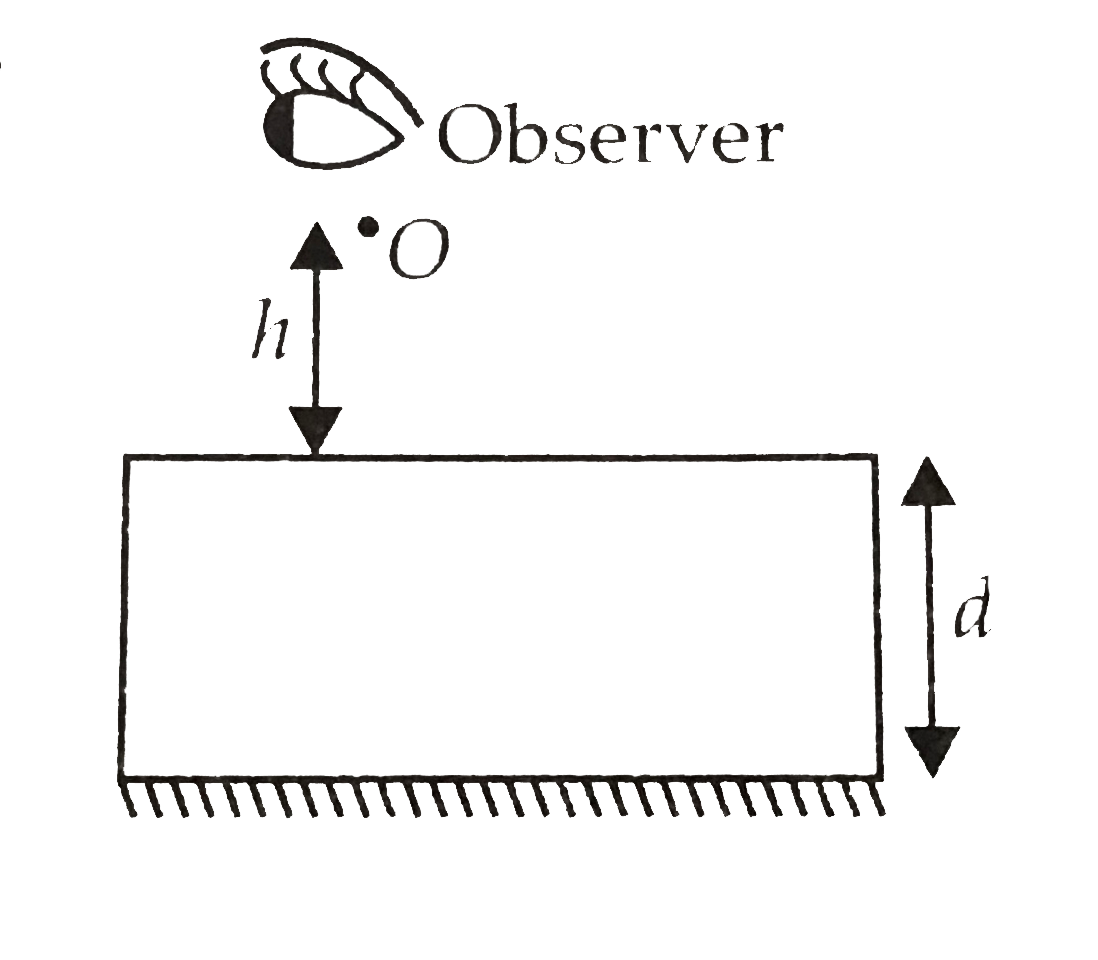 Ah+2dμB2h+2dCh+dDh+dμ
Ah+2dμB2h+2dCh+dDh+dμ
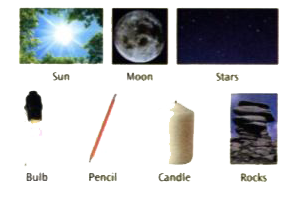
Categorize the objects shown above as luminous and non-luminous objects.
View SolutionGive two examples of Non-luminous objects
View SolutionA luminous point object is placed at O, whose image is formed at I as shown in Figure. Line AB is optical axis. Which of the following statement is/are correct?
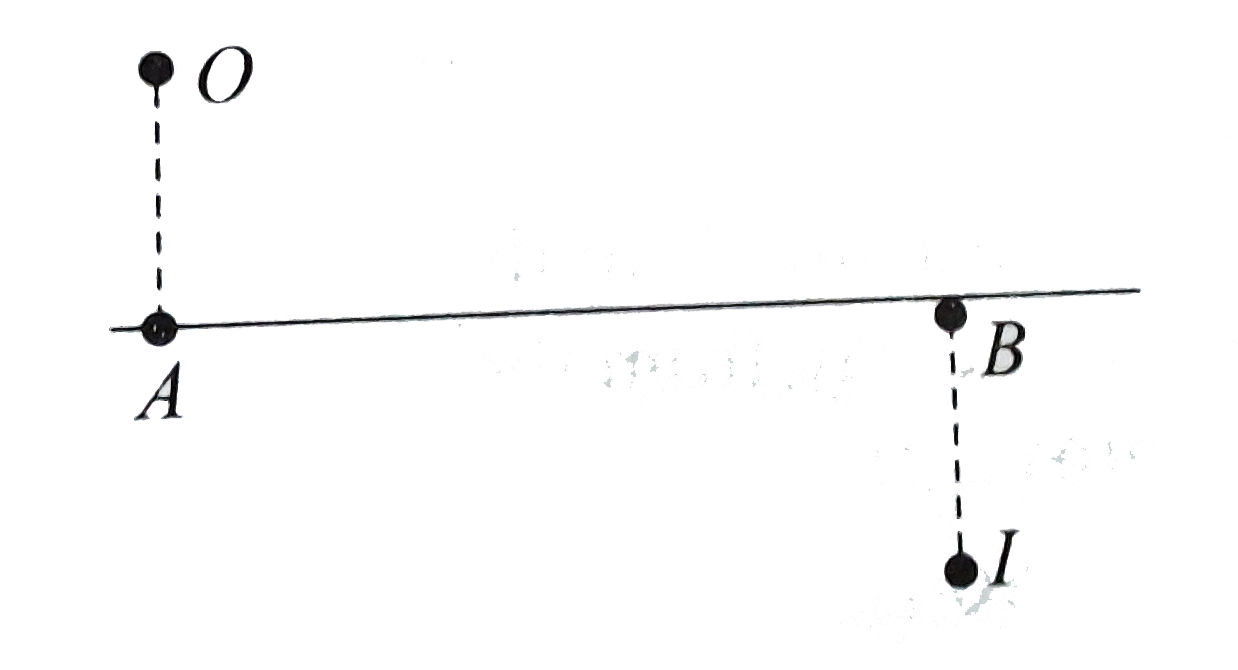
View SolutionA luminous point object is moving along the principal axis of a concave mirror of focal length 12 cm towards it. When its distance from the mirror is 20 cm its velocity is 4 cm/s. the velocity of the image in cm/s at that instant is
View SolutionA cubical block of glass, refractive index 1.5, has a spherical cavity of radius r=9cm inside it as shown in figure . A luminous point object O is at a distance of 18cm from the cube. What is the apparent position of O as seen from A?
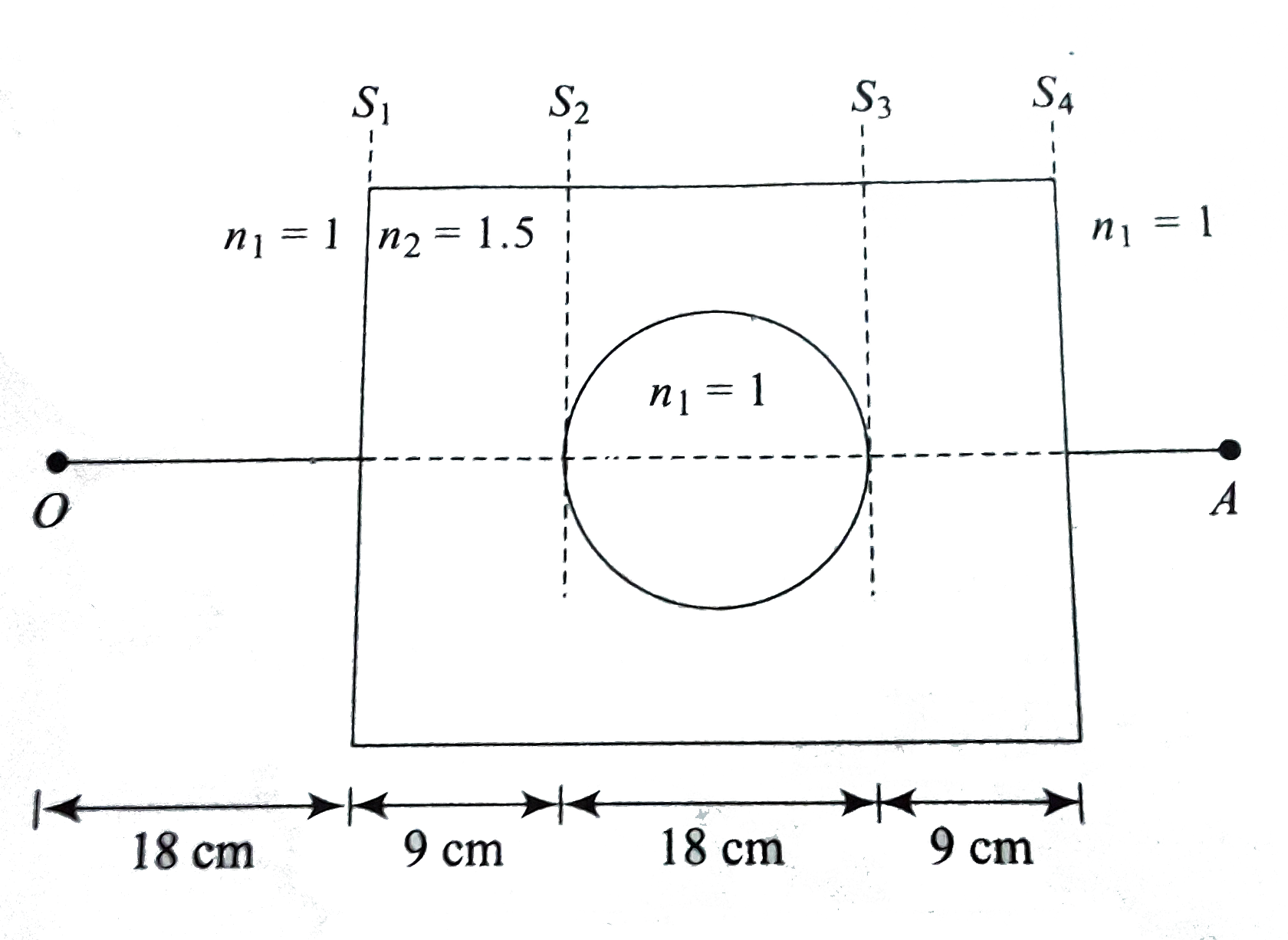
View SolutionA convex lens of focal length 40cm is held at a distance 12cm coaxially above a concave mirror of focale length 18cm.
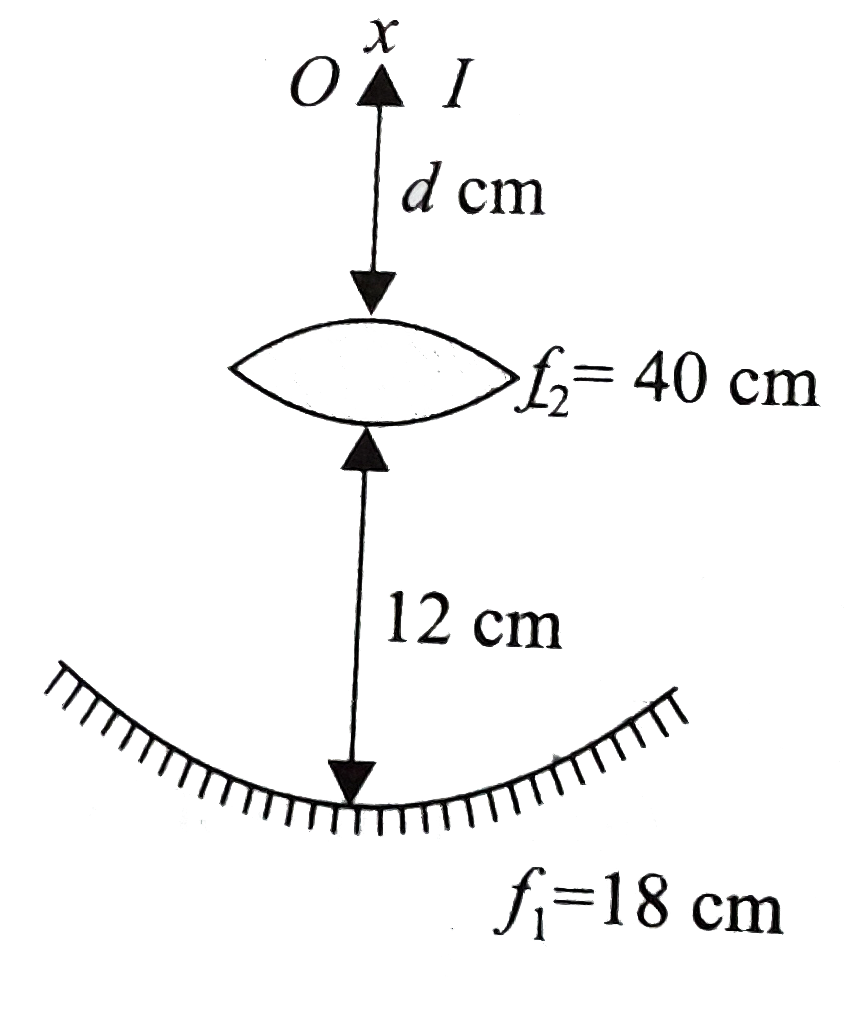
Q. A luminous point object placed d cm above the lens on its axis gives rise to an imag coincident iwth itself, then the value of d is equal to
View SolutionOne side of radius of curvature R2=120cm of a convexo-convex lens of material of refractive index μ=1.5 and focal length f1=40cm is slivered. It is placed on a horizontal surface with silvered surface in contact with it. Another convex lens of focal length f2=20cm is fixed coaxially d=10cm above the first lens. A luminous point object O on the axis gives rise to an image coincide with it. Find its height above the upper lens.
View Solution
